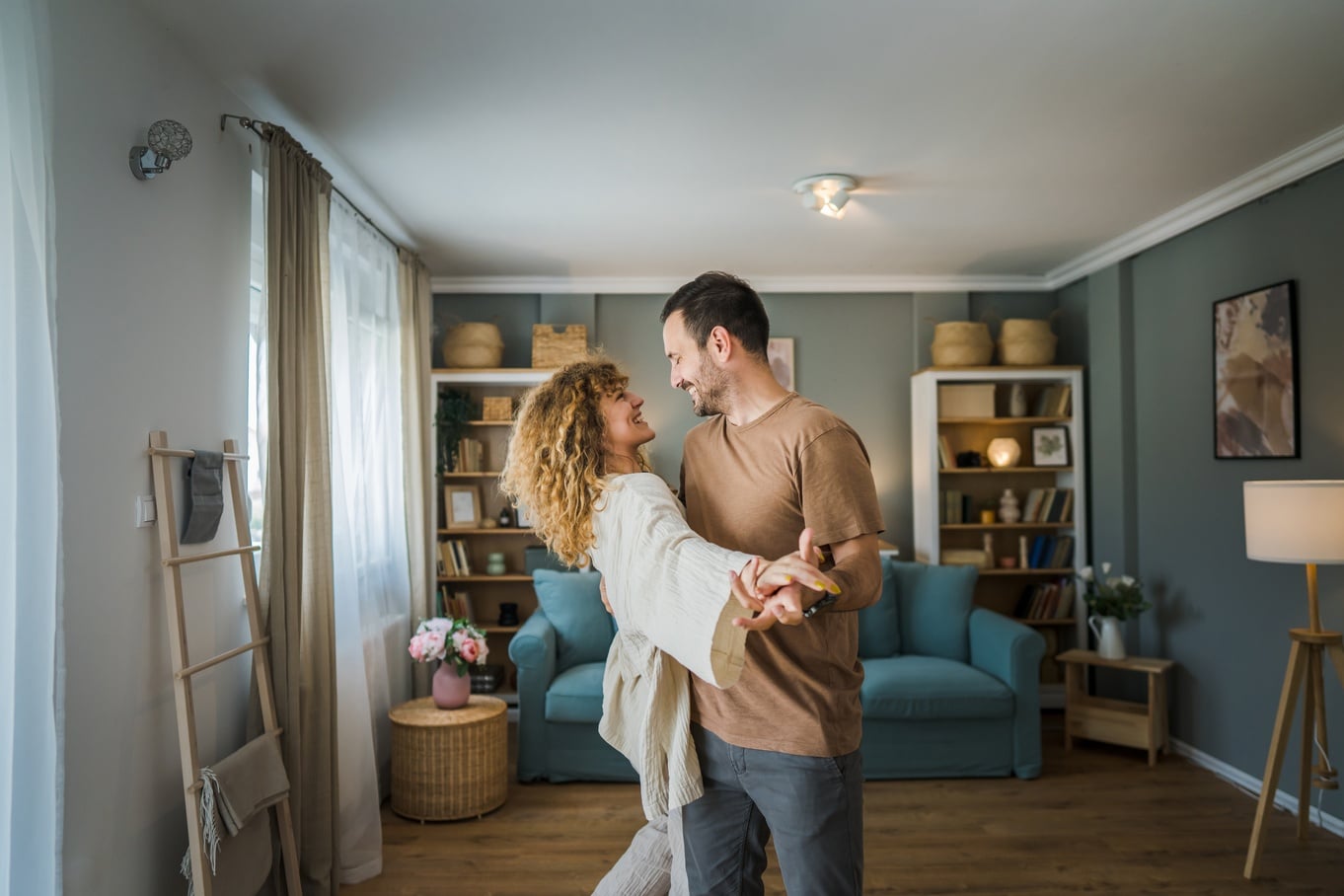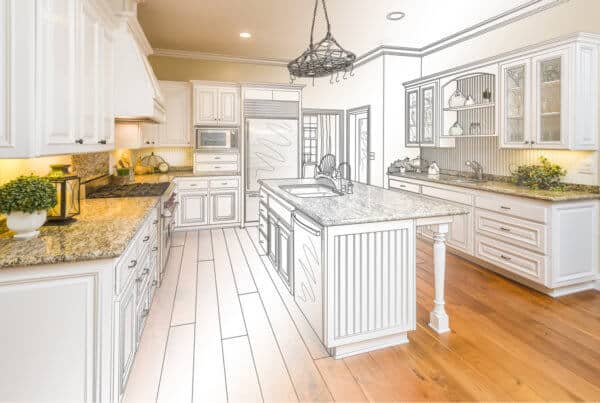Creating a comfortable home environment is essential for promoting relaxation, productivity, and well-being. However, achieving this balance can sometimes be challenging, as many different factors play a role in boosting your home’s comfort levels. From temperature control to lighting, there’s a lot to consider when optimizing your living space, so check out the key factors that affect your home’s comfort level before you start making any changes.
Temperature Regulation
One of the most critical factors in home comfort is temperature control. An overly warm or cold environment can disrupt daily activities and even impact your sleep quality. Factors such as outdoor weather, insulation quality, and thermostat settings all influence indoor temperature.
Ensuring proper insulation and investing in smart thermostat technology are some of the ways to keep your home at an ideal temperature year-round.
Maintaining Your HVAC System
Your home’s HVAC system plays a crucial role in regulating temperature and maintaining air quality. Routine HVAC maintenance is important to ensure the system runs efficiently and effectively. Homeowners should regularly change air filters, clean vents, and schedule inspections at least once a year.
Neglected HVAC systems can lead to uneven heating or cooling, higher energy bills, and the buildup of allergens such as dust and mold. Be aware of the things that can affect your HVAC system, most notably humidity; the more you know about what can harm your system, the easier it is to prevent any issues.
Air Quality and Ventilation
Good indoor air quality is another essential component of home comfort; poor air circulation, allergens, and pollutants can make a home feel stuffy and even pose health risks over time.
Using air purifiers, keeping windows open for fresh air, and maintaining your HVAC system are simple ways to promote better air quality indoors. Additionally, houseplants can act as natural air purifiers, adding a fresh and vibrant touch to your home’s interior.
Lighting and Ambience
Lighting has a significant impact on how comfortable and inviting your home feels. Natural light is important for boosting mood and productivity, while layered illumination, including task, accent, and ambient lighting, can create a warm and adaptable atmosphere.
Consider using LED bulbs for energy efficiency and installing dimmer switches for greater control over your lighting setup. Comfort in the home can even come from a sense of security, and there are ways to utilize your exterior lighting to enhance your home’s security.
Your Home Should Be Your Comfort Space
By addressing these key factors that can affect your home’s comfort, you can create a home environment that is comfortable, functional, and welcoming. Taking these steps not only improves day-to-day living but also enhances your home’s overall value in the long run.




